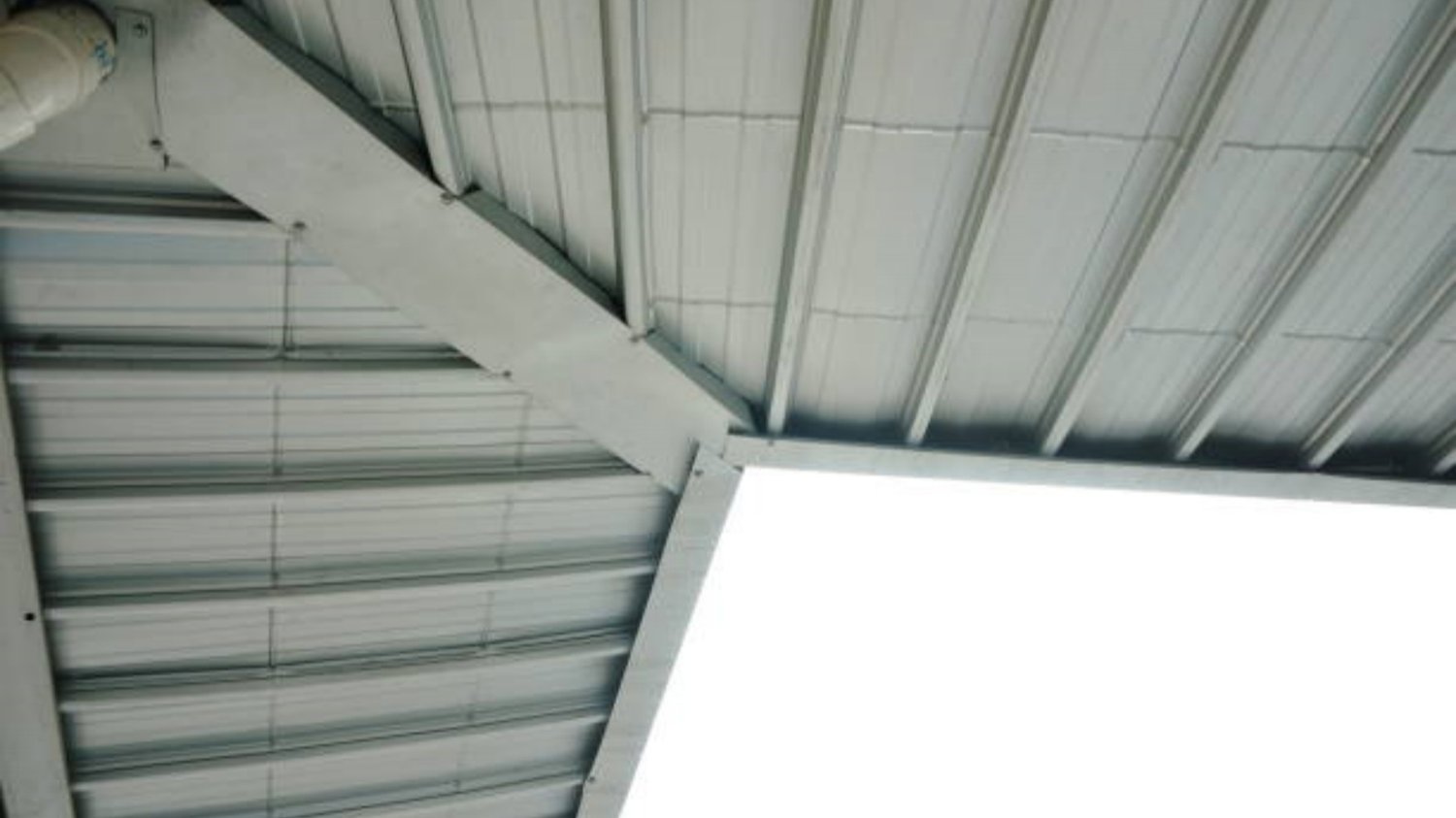How to Calculate Corrugated Metal Roofing: A Comprehensive Guide
Corrugated metal roofing is a popular choice for both residential and commercial buildings due to its durability, affordability, and aesthetic appeal. When planning to install a corrugated metal roof, it is essential to accurately calculate the required materials to ensure a successful and cost-effective project. In this article, we will guide you through the process of calculating corrugated metal roofing, covering everything from measuring the roof area to determining the necessary quantities of metal sheets, fasteners, and accessories. Let's dive in!
1. Measuring the Roof Area of Corrugated Metal Roofing
Before you can calculate the materials needed for a corrugated metal roofing project, you must accurately measure the roof area. Start by dividing the roof into simple geometric shapes, such as rectangles or triangles, and measure the length and width of each section. Next, calculate the area of each shape by multiplying its length and width. Finally, add up the areas of all the sections to obtain the total roof area.
2. Determining the Metal Sheet Size of Corrugated Metal Roofing
Corrugated metal sheets come in various sizes, and choosing the right size is crucial to minimize waste and ensure a precise fit. The most common corrugated metal sheet dimensions are 8 feet by 2.5 feet and 12 feet by 2.5 feet. To determine the number of metal sheets needed, divide the total roof area by the area covered by a single sheet. Round up to the nearest whole number to account for any waste or overlapping.
3. Accounting for Overlapping of Corrugated Metal Roofing
When installing corrugated metal roofing, it's important to account for overlapping, which ensures proper water drainage and prevents leaks. The amount of overlap required depends on the pitch of your roof. For low-pitched roofs (with a slope of less than 3:12), a minimum overlap of 6 inches is recommended. For steeper roofs, a smaller overlap of 2-3 inches is usually sufficient.
4. Factoring in Ridge and Eave Overhangs of Corrugated Metal Roofing
When calculating the size of the metal sheets, don't forget to account for ridge and eave overhangs. Ridge overhang refers to the portion of the metal sheet that extends beyond the ridge line, while eave overhang is the portion that extends beyond the eave edge. These overhangs provide additional protection and enhance the overall appearance of the roof. Typically, a 1-2 inch overhang is recommended for both ridge and eave.
5. Estimating the Number of Fasteners
Fasteners are essential for securing the corrugated metal sheets to the roof structure. The number of fasteners required depends on factors such as wind zone, local building codes, and sheet overlap. As a general rule, you should aim for at least four fasteners per square foot of roofing. However, it is advisable to consult the manufacturer's guidelines or a roofing professional to determine the exact number of fasteners needed for your specific project.
6. Calculating the Ridge Cap and Flashing of Corrugated Metal Roofing
The ridge cap and flashing are crucial components of a corrugated metal roof, providing weather resistance and preventing water penetration. To calculate the length of the ridge cap, measure the total length of the ridge line and add the recommended overhang. As for the flashing, measure the perimeter of any roof penetrations, such as chimneys or skylights, and add a few inches for overlap.
7. Considering Waste and Additional Accessories
It's always wise to account for some degree of waste when calculating materials for a roofing project. Factors such as cutting errors, damaged sheets, and unexpected adjustments may result in additional waste. As a rule of thumb, it's recommended to add an extra 5-10% to the total quantity of metal sheets and accessories to accommodate for waste. Additionally, consider any additional accessories you may need, such as foam closures, sealants, or insulation.
8. Consult with a Professional of Corrugated Metal Roofing
While this guide provides a comprehensive overview of how to calculate corrugated metal roofing, it is always beneficial to seek advice from a roofing professional. They can help you navigate through specific challenges, offer valuable insights, and ensure that your calculations are accurate. Consulting with a professional can save you time, money, and potential headaches down the line.
9. Ordering the Materials of Corrugated Metal Roofing
Once you have determined the quantities of all the necessary materials, it's time to place an order. Reach out to reputable suppliers or roofing companies and provide them with your accurate calculations. They will be able to assist you in selecting the right products and quantities, ensuring a smooth and successful roofing project.
10. Conclusion
Calculating corrugated metal roofing may seem like a daunting task, but with careful measurements and consideration of various factors, you can accurately estimate the required materials. Remember to measure the roof area, determine the appropriate sheet size, account for overlapping, and factor in ridge and eave overhangs. Additionally, estimate the number of fasteners, calculate the ridge cap and flashing lengths, and consider waste and additional accessories. If in doubt, consult with a roofing professional to ensure a precise and efficient installation. With these calculations in hand, you are ready to embark on your corrugated metal roofing project with confidence!

